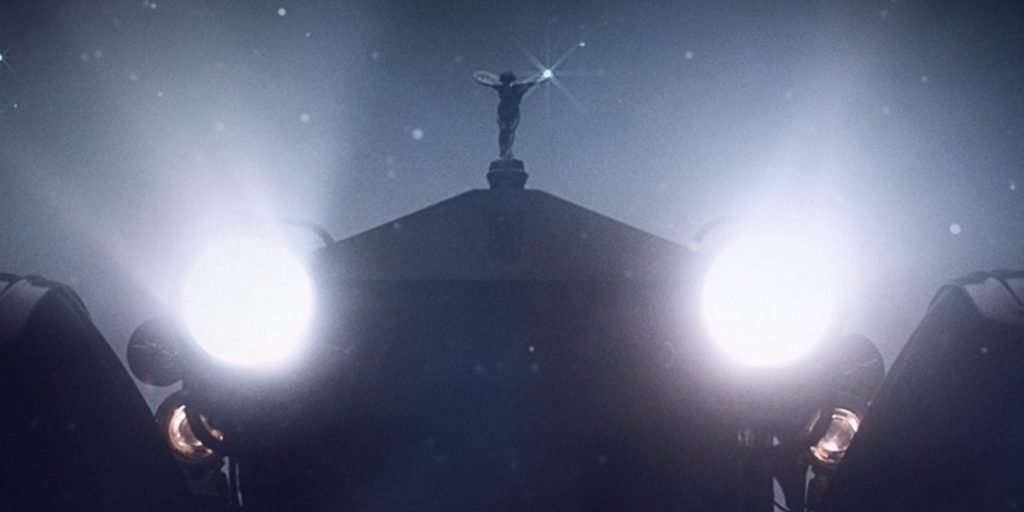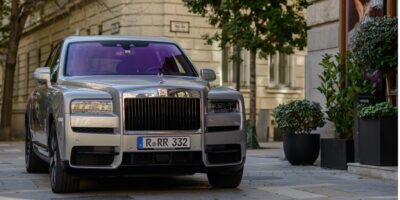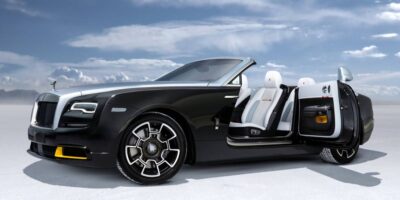As a Rolls-Royce dealer, we’re familiar with the big question: What is that statue on the Rolls-Royce? What’s its significance? Meet the Spirit of Ecstasy, a symbol of the brand’s tradition, history, and pioneering spirit.
A Place Called Piccadilly
At the beginning of the 20th century, a group of engineers, artists, and intrepid thinkers met in Piccadilly, an area of London. More specifically, it was the Automobile Club of Great Britain. Charles Rolls was the business partner of engineering pioneer Henry Royce. Claude Johnson was the club’s secretary. John Douglas-Scott-Montagu was carving out a path for cars to be written about as a journalistic topic.
His secretary was Eleanor Thornton, a woman who encouraged the group’s creative endeavors, especially when they led away from conventional and accepted thinking. This allowed the group to pioneer new approaches to racing and pace-setting. She would later serve as the model for the Spirit of Ecstasy.
Then there was Charles Robinson Sykes, a sculptor of some renown. He created the symbol on the hood of Rolls-Royce: this Spirit of Ecstasy was an emblem to symbolize this group’s dreams and future endeavors.
The Spirit of Ecstasy
The Spirit of Ecstasy shows her leaning into the wind, into the voices and traditions that defined motoring on both technological and creative fronts. She stretches her arms out to balance as she leans forward. Her dress is caught by the wind as if she has wings.
When Claude Johnson commissioned the piece that would be affixed to all Rolls-Royce cars, he asked Sykes to embody “speed with silence, absence of vibration, the mysterious harnessing of great energy and a beautiful living organism of superb grace.”
Sykes added his own interpretation, preferring to realize this in the form of a goddess delighting in the wind that a Rolls-Royce’s power and speed brought forth.
Today, you’ll find the Spirit of Ecstasy gracing each Rolls-Royce. Every Rolls-Royce dealer is instructed to make it available in polished stainless steel, with or without 24 carat gold plating, or in illuminated frosted crystal. It’s a signal to challenge the status quo, and to advance into the future bravely, with foresight, determination, and responsibility.






